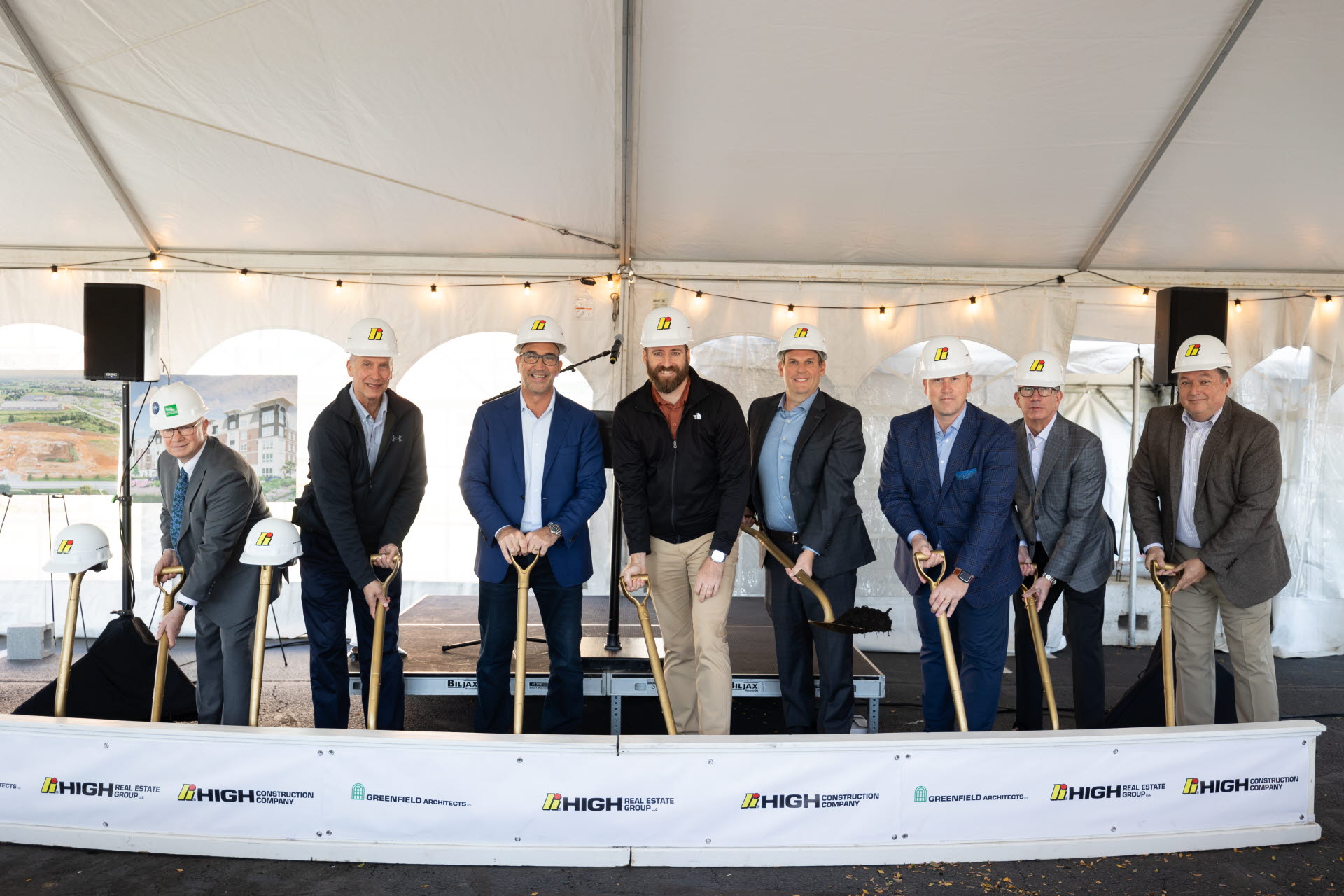Identifying the Best Real Estate Development Opportunities
By: Ken Hornbeck – Senior Vice President – Development, High Associates Ltd.
Real estate development investment opportunities come with great potential — and significant risk. Projects often fail due to poor upfront planning, misjudging market demand, overlooking real estate development feasibility, misunderstanding regulatory requirements, or mismanaging consultants and contractors. Another common challenge? Inability to secure financing.
Successful developers understand that identifying the best real estate development opportunities requires a combination of market knowledge, strategic foresight, relationship-building, and risk management.

Real Estate Development Analysis: Key Strategies
Identifying strong real estate opportunities takes a multifaceted approach. Below are key strategies that successful developers rely on when assessing a potential site.
1. Analyze the Market: Demographics, Demand & Trends
Begin by analyzing demographic trends such as population growth, age distribution, and income levels in the target area. Regions experiencing population growth and higher income levels often present better property development opportunities.
Make sure to study the local and regional economic indicators such as employment rates, economic growth, and business activity. A thriving and expanding local economy bodes well for new development. Consider seasonal demand shifts that may impact timelines, and conduct a real estate development analysis to assess supply-demand gaps in the market.
2. Evaluate Location & Infrastructure
Proximity to transportation hubs, highways, and public transit can significantly enhance a property’s value. Nearby schools, parks, shopping centers, and healthcare facilities can often make a location more attractive.
Investigate planned infrastructure or transit improvements — these can raise property values over time. Such forward-looking analysis supports a strong real estate project feasibility analysis.
Find our tips on how to sell or lease a commercial property.
3. Understand Legal and Environmental Constraints
Collaborate with local experts to better understand the local zoning laws and regulations that could impact your development plans. Engage architects, engineers, and legal advisors who have in-depth knowledge of the local decision-makers and approval process so the project is well-planned and compliant with all regulations. Build relationships with local community stakeholders early in the process to gain support for your project.
Don’t ignore real estate development risks related to environmental factors. Issues like underground tanks or protected wetlands can lead to massive remediation costs — or make land unusable. Engaging a qualified environmental engineer to perform a Phase-I environmental investigation before you close on your land is always good practice.
4. Plan Your Budget and Secure Funding
When putting together your construction budget, always plan for potential delays, cost overruns, and other unexpected construction-related issues. It’s wise to include a contingency of three to five percent for unforeseen circumstances, as you will likely need this additional funding. In addition to calculating the total cost of development, including land acquisition, construction, permits, and other expenses, you’ll also need to identify potential funding sources such as loans, investors, or grants. Without a solid financial plan in place, your project is unlikely to ever get off the ground.
Long-Term Success in Real Estate Development Investment
The real estate market evolves constantly. To stay ahead:
- Perform regular real estate development analysis
- Monitor industry news and economic forecasts
- Attend real estate seminars, workshops, and certifications
- Adapt your strategies based on new data and trends
Combining research, timing, compliance, and community engagement helps you capture the most promising real estate development investment opportunities.
Looking for expert guidance to bring your real estate development project to life? High Real Estate Group offers end-to-end development, management, and advisory services to support every stage of your investment journey.
Frequently Asked Questions (FAQ)
1. What are the key factors in evaluating real estate development opportunities?
Location, market demand, zoning regulations, environmental conditions, and financial feasibility all play a critical role in evaluating development projects.
2. What are the biggest risks in real estate development?
Risks include incorrect market assumptions, regulatory hurdles, unexpected site conditions, financing failures, and construction delays or cost overruns.
3. How can I conduct a real estate project feasibility analysis?
Start with market research, then assess zoning and environmental concerns. Next, estimate development costs and potential revenue to determine viability.
4. What makes an opportunity ideal for real estate development investment?
Ideal opportunities have strong demand, limited competition, accessible infrastructure, and a feasible financial path based on sound analysis.
